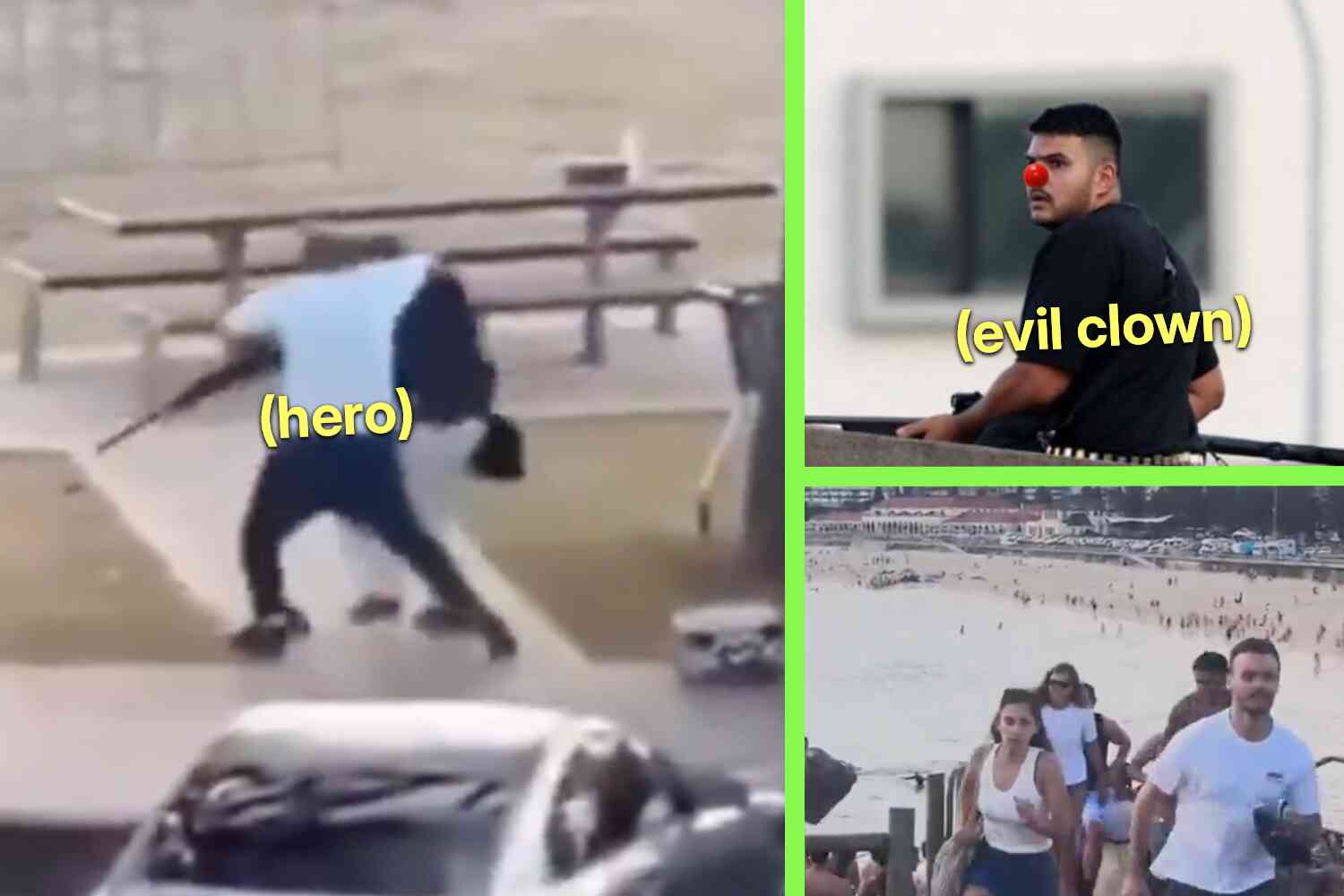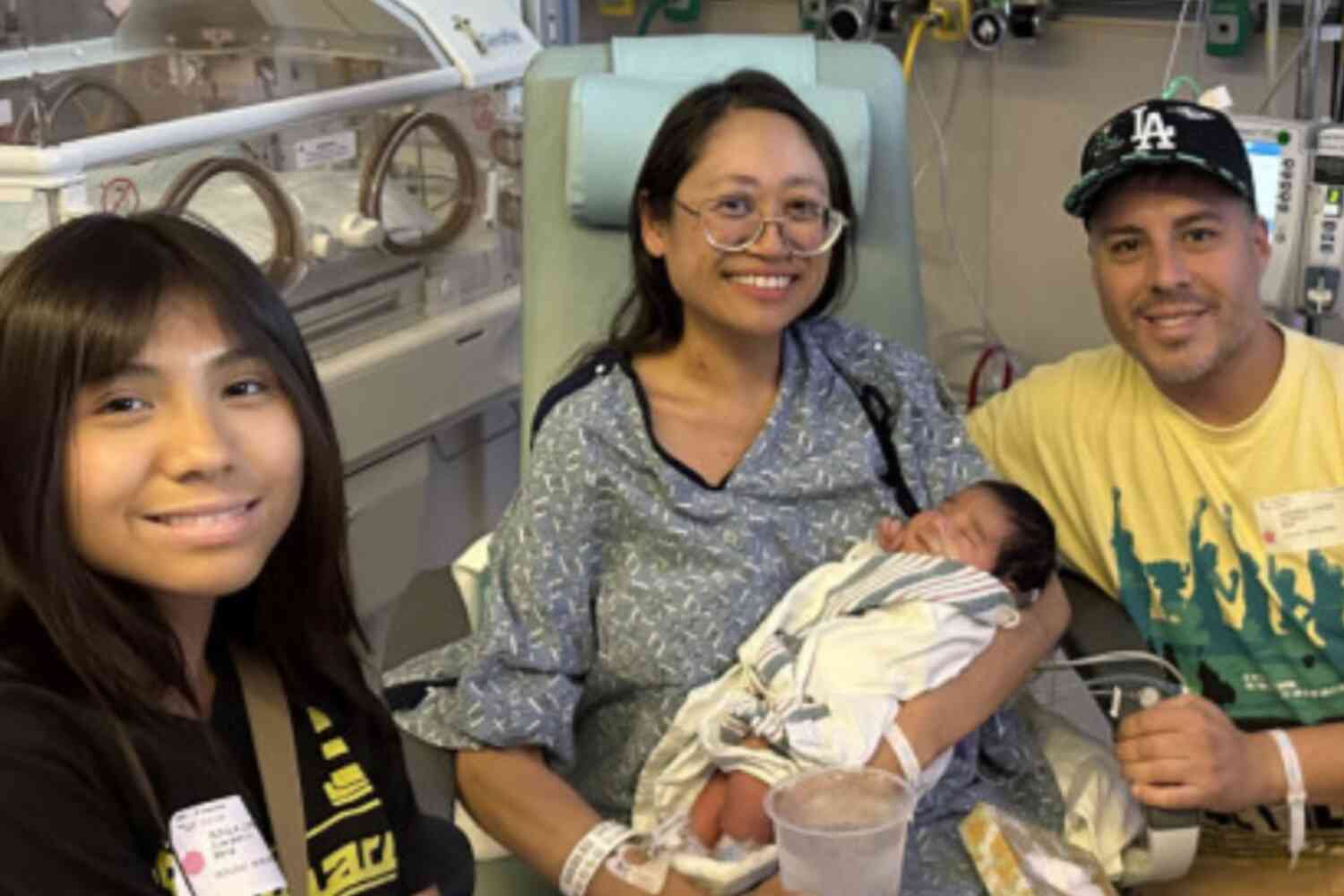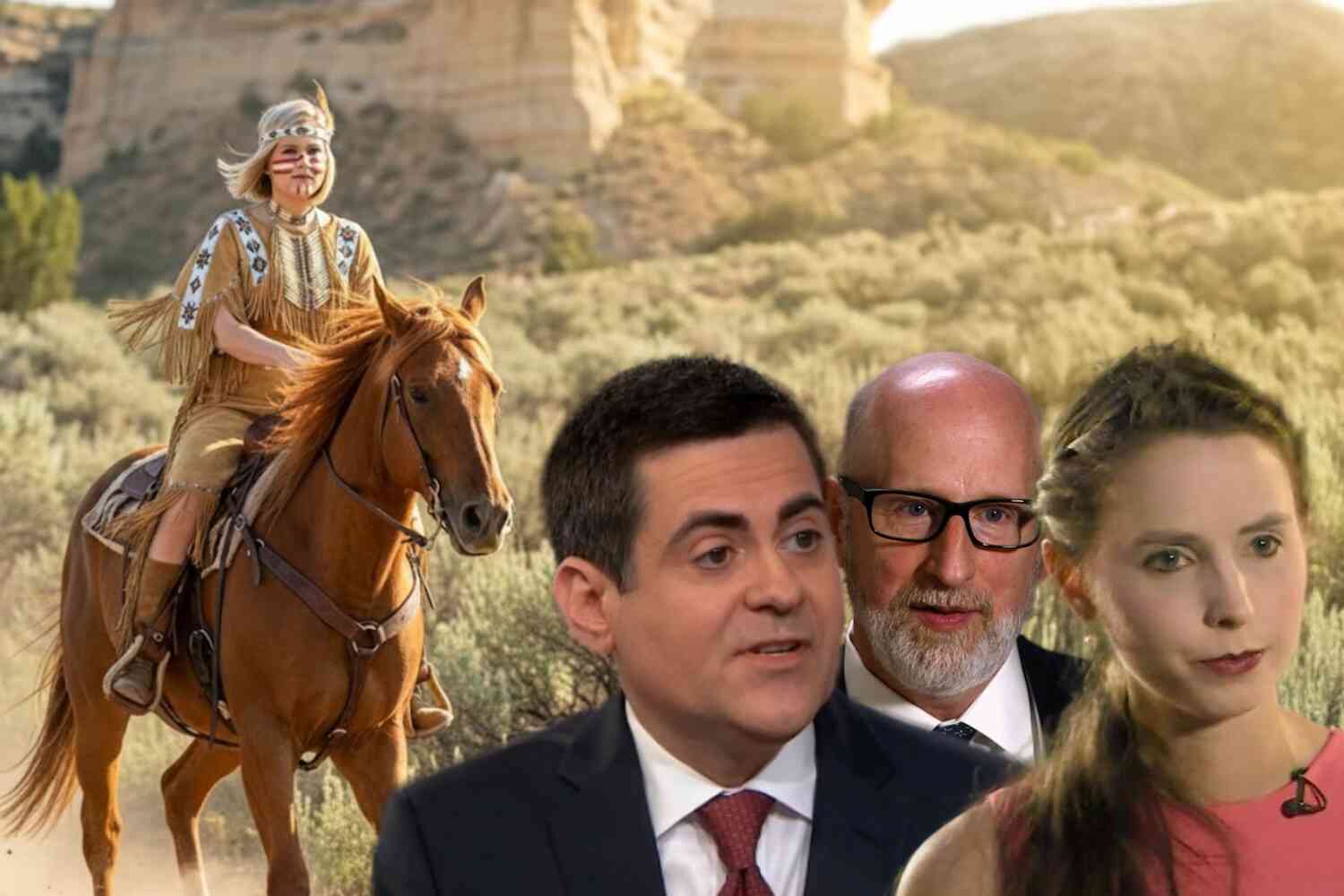The Pool of Siloam, where John chapter 9 tells us Jesus healed a blind man, has been excavated in Jerusalem and will soon be open to the public.
From Fox News:
The Israel Antiquities Authority, the Israel National Parks Authority and the City of David Foundation announced days before the new year that the Pool of Siloam, a biblical site cherished by Christians and Jews, will be open to the public for the first time in 2,000 years in the near future.
"The Pool of Siloam's excavation is highly significant to Christians around the world," American Pastor John Hagee, the founder and chairman of Christians United for Israel, told Fox News Digital. "It was at this site that Jesus healed the blind man (John 9), and it is at this site that, 2,000 years ago, Jewish pilgrims cleansed themselves prior to entering the Second Temple.
"The Pool of Siloam and the Pilgrimage Road, both located within the City of David, are among the most inspiring archeological affirmations of the Bible.
"Christians are deeply blessed by the City of David's work and Israel's enduring commitment to ensuring religious freedom to all who visit and live in the Holy Land, especially Jerusalem — the undivided capital of Israel."
Here's a video from City of David about the site:
It's a poignant reminder of the historicity of the Bible. Jesus was a real man who lived a real life and walked and lived in a real place. And now we can see another one of the real sites where Jesus performed a documented miracle.
Here's the first part of the passage from John 9:
As he passed by, he saw a man blind from birth. And his disciples asked him, "Rabbi, who sinned, this man or his parents, that he was born blind?" Jesus answered, "It was not that this man sinned, or his parents, but that the works of God might be displayed in him. We must work the works of him who sent me while it is day; night is coming, when no one can work. As long as I am in the world, I am the light of the world." Having said these things, he spit on the ground and made mud with the saliva. Then he anointed the man's eyes with the mud and said to him, "Go, wash in the pool of Siloam" (which means Sent). So he went and washed and came back seeing.
The neighbors and those who had seen him before as a beggar were saying, "Is this not the man who used to sit and beg?" Some said, "It is he." Others said, "No, but he is like him." He kept saying, "I am the man." So they said to him, "Then how were your eyes opened?" He answered, "The man called Jesus made mud and anointed my eyes and said to me, ‘Go to Siloam and wash.' So I went and washed and received my sight."
Artists across the centuries have tried to capture the significance of this miracle:
More info about the renovation:
A small section of the pool, which has been fully excavated, has been accessible to the public for several years. The vast majority of the pool is being excavated and will either be opened piecemeal or once the entire site is unearthed. The archeological project to fully excavate the pool will last a few years. There is a plan for space for visitors to the pool to view the ongoing excavation.
"Despite ongoing efforts at the United Nations and Palestinian leadership to erase Jerusalem's heritage, in a few years time, the millions of people visiting the City of David annually will literally be able to walk in the footsteps of the Bible, connecting with the roots of their heritage and identity," Orenstein noted.
Shortly after Christ, this pool was lost to history and not open to the public. It's only through modern efforts by Israelis that these significant historical sites are being rediscovered.
The pool was first built roughly 2,700 years ago as part of Jerusalem's water system in the eighth century B.C. The construction unfolded during the reign of King Hezekiah as cited in the Bible in the Book of Kings II, 20:20, according to the two Israeli agencies and the City of David Foundation.
According to estimates, the Pool of Siloam passed through many stages of construction and reached the size of 1¼ acres.









